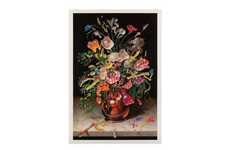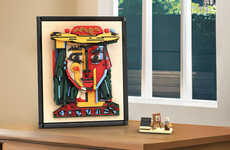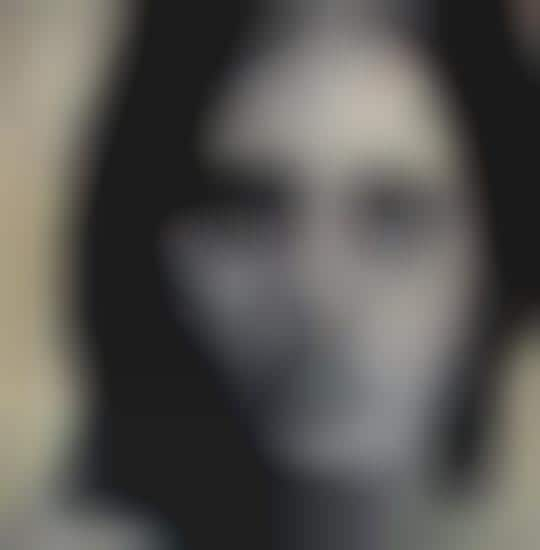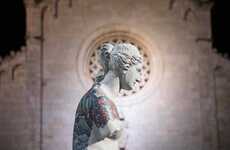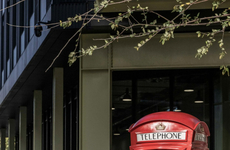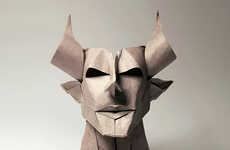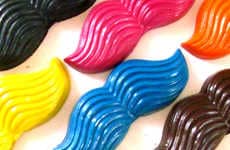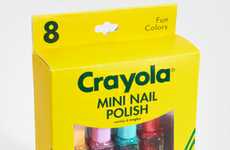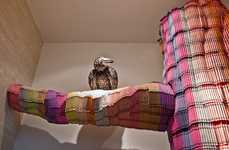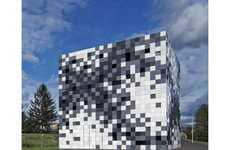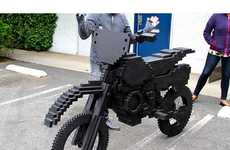
Christian Faur's Hidden ‘Fonts' Will Make You Cross-Eyed
Marissa Brassfield — February 25, 2009 — Art & Design
References: christianfaur & i.gizmodo
Christian Faur’s pixelated crayon art is incredible simply to admire at face value; like any good piece of artwork, however, there’s far more to be appreciated beneath its surface.
Christian Faur’s work begins with hundreds of thousands of crayons, grouped tightly together to make a pixelated portrait or landscape. He’s also developed a mapping system that assigns a color to a letter; these individual colors are scattered throughout the piece to create subtexts--the crayon equivalent of a font.
Faur places a key to his alphabet code at the bottom of each piece so intrepid viewers can decode the mysteries that lie within the art. Incredible.
Christian Faur’s work begins with hundreds of thousands of crayons, grouped tightly together to make a pixelated portrait or landscape. He’s also developed a mapping system that assigns a color to a letter; these individual colors are scattered throughout the piece to create subtexts--the crayon equivalent of a font.
Faur places a key to his alphabet code at the bottom of each piece so intrepid viewers can decode the mysteries that lie within the art. Incredible.
Trend Themes
1. Pixelated Art - Opportunity for digital artists to create pixelated artworks using new mediums and techniques.
2. Crayon Mapping - Potential for artists to develop mapping systems that assign colors to different symbols or alphabets, opening up new possibilities for artistic expression.
3. Artistic Subtext - Emergence of creating hidden meanings or messages within artworks using unconventional methods, providing viewers with a deeper level of engagement and discovery.
Industry Implications
1. Art Supplies - Art supply companies can explore new product offerings catering to the demand for specialized crayons or tools used in pixelated art forms.
2. Digital Art - Digital art platforms and software developers may find opportunities to integrate pixelated art techniques into their platforms, attracting artists seeking new ways to digitally express themselves.
3. Art Education - Art schools and educators can incorporate crayon mapping techniques into their curriculum, providing students with innovative approaches to art creation and interpretation.
2.6
Score
Popularity
Activity
Freshness



